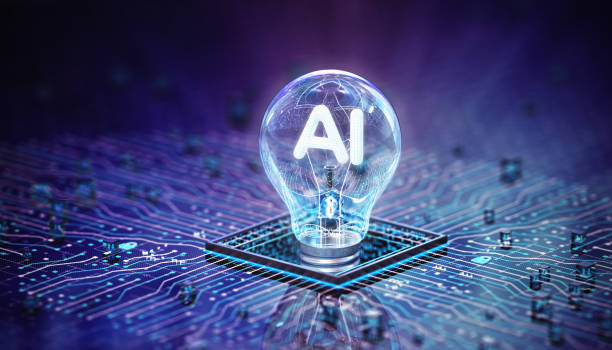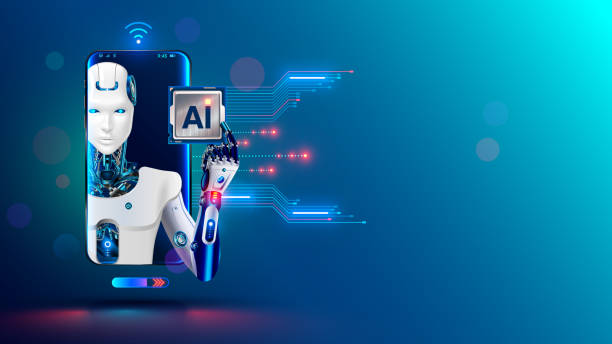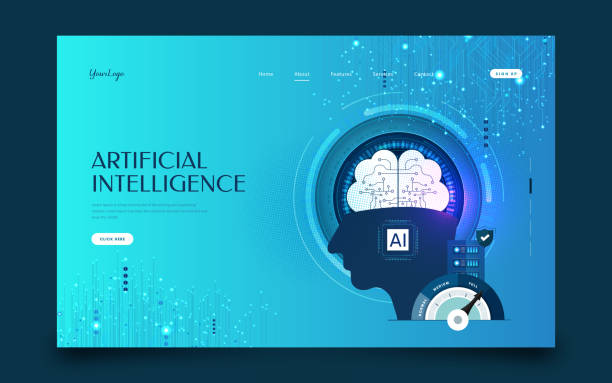
Table of Contents
In the fast-evolving digital marketing landscape of 2025, generative AI has emerged as a game-changer for content creation. Marketers now harness AI-powered tools not only to speed up production but also to craft highly personalized, engaging, and SEO-optimized content that resonates with their target audiences. This transformation is reshaping how brands communicate, scale, and compete in the digital space.
In this blog, we’ll explore how generative AI is revolutionizing content creation for marketers, highlight recent trends, showcase real-world examples, and share actionable tips to integrate AI into your marketing strategy effectively.
What is Generative AI and How Does It Work?

Generative AI refers to advanced artificial intelligence models that create new content—text, images, videos, or audio—based on learned patterns from vast datasets. Unlike traditional AI that analyzes or classifies data, generative AI produces original outputs that mimic human creativity.
Popular generative AI tools include:
- ChatGPT and Jasper AI for text generation
- DALL·E and Midjourney for image creation
- Synthesia and Runway for AI-driven video production
These tools use deep learning models like GPT (Generative Pre-trained Transformer) and GANs (Generative Adversarial Networks) to generate coherent, contextually relevant, and creative content from simple prompts or inputs.
Recent Trends in Generative AI Content Creation (2025)

1. Hyper-Personalized Content Experiences
Generative AI now curates content tailored to individual user preferences, behaviors, and moods by analyzing data such as browsing history, social media interactions, and even voice or video inputs. This enables marketers to deliver unique, real-time personalized messages that significantly boost engagement and conversion rates.
2. Multimodal AI Integration
AI systems in 2025 seamlessly combine text, images, video, and speech to create richer, more immersive content experiences. For example, marketers can generate a blog post accompanied by AI-created visuals and video snippets, all aligned in tone and style.
3. Real-Time Content Generation
AI monitors trending topics, news, and social media conversations to produce timely, relevant content instantly. This capability helps marketers stay ahead of trends and maintain audience interest with fresh, topical posts or ads.
4. AI-Powered Creative Collaboration
Rather than replacing human creativity, generative AI acts as a creative partner—suggesting ideas, drafting outlines, and automating repetitive tasks—allowing marketers to focus on strategic and emotional storytelling aspects.
Key Benefits of Generative AI for Marketers
- Speed and Scalability: AI can generate large volumes of content rapidly, reducing production times from days to minutes without compromising quality.
- Enhanced Personalization: AI-driven content adapts to individual user profiles, increasing relevance and engagement.
- Cost Efficiency: Automating routine content tasks like product descriptions, social media posts, and email sequences lowers operational costs.
- Creative Ideation Support: AI tools help brainstorm headlines, campaign ideas, and content angles, overcoming writer’s block.
- SEO Optimization: Many AI platforms integrate keyword research and SEO best practices, helping content rank higher in search engines.
Real-World Examples and Case Studies
- Jasper AI: Marketers use Jasper to generate SEO-friendly blog drafts quickly, cutting writing time by up to 80%. Jasper’s advanced natural language processing ensures content is coherent and optimized for search engines.
- Canva AI: Enables rapid creation of marketing visuals like banners and social media posts using AI-generated designs, empowering marketers without graphic design expertise.
- BuzzFeed’s Infinity Quizzes: Uses AI to create personalized quizzes that adapt to user responses, enhancing engagement through interactive content.
- Movable Ink: An AI-driven platform that personalizes email content dynamically, even after sending, improving open and conversion rates with real-time updates.
- Snapchat’s My AI: A chatbot that leverages generative AI to engage users with personalized conversations, showcasing AI’s role in interactive marketing.
How to Integrate Generative AI into Your Content Strategy
- Start with AI-Driven Keyword and Topic Research: Use AI tools to identify trending topics and relevant keywords like “generative AI content creation 2025” or “AI marketing tools” to guide your content calendar.
- Draft and Outline with AI: Generate first drafts or outlines using AI, then refine with human editing to ensure brand voice and accuracy.
- Create Multimedia Content: Leverage AI for images, videos, and audio to complement written content, enhancing user engagement through multimodal experiences.
- Repurpose Content Across Channels: Use AI to adapt content formats—turn blogs into social posts, videos, or email sequences—maximizing reach and efficiency.
- Maintain Ethical Standards: Monitor AI outputs for bias and ensure transparency to build trust with your audience.
SEO Tips for Ranking AI-Generated Content
- Use targeted long-tail keywords such as “generative AI content creation 2025,” “AI content marketing tools,” and “AI personalization strategies.”
- Optimize meta titles, descriptions, and headers with AI assistance to improve click-through rates.
- Incorporate structured data and FAQs to enhance search snippets and voice search compatibility.
- Focus on readability and user intent to align with Google’s EEAT (Expertise, Authoritativeness, Trustworthiness) guidelines. Combine AI-generated content with expert insights to boost credibility.
- Regularly update content to keep pace with evolving AI trends and search algorithms.
Frequently Asked Questions (FAQs)
Q1: What is generative AI in content marketing?
Generative AI refers to AI systems that create original content such as text, images, or videos based on learned data patterns. It helps marketers produce high-quality, personalized content faster.
Q2: How can generative AI improve my content creation process?
It accelerates content production, enhances personalization, supports creative ideation, and optimizes SEO, enabling marketers to scale efforts efficiently.
Q3: Are AI-generated contents SEO-friendly?
Yes, especially when combined with human editing and SEO best practices. Many AI tools integrate keyword research and content optimization features.
Q4: Will generative AI replace human marketers?
No. AI is a tool that augments human creativity and strategic thinking but cannot replicate human empathy, judgment, and brand storytelling.
Q5: What are some popular generative AI tools for marketers in 2025?
ChatGPT, Jasper AI, Canva AI, Movable Ink, and Synthesia are among the leading tools helping marketers create diverse content types.
Q6: How do I ensure ethical use of AI in marketing content?
Maintain transparency about AI use, avoid biased or misleading content, and regularly review AI outputs for fairness and accuracy.
Conclusion
Generative AI is transforming content creation in 2025 by enabling marketers to produce personalized, scalable, and SEO-optimized content faster than ever before. By embracing AI as a creative partner, marketers can unlock new growth opportunities, enhance audience engagement, and stay competitive in the digital age. Start integrating generative AI tools into your content strategy today to spark innovation and accelerate your marketing success.
